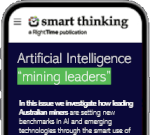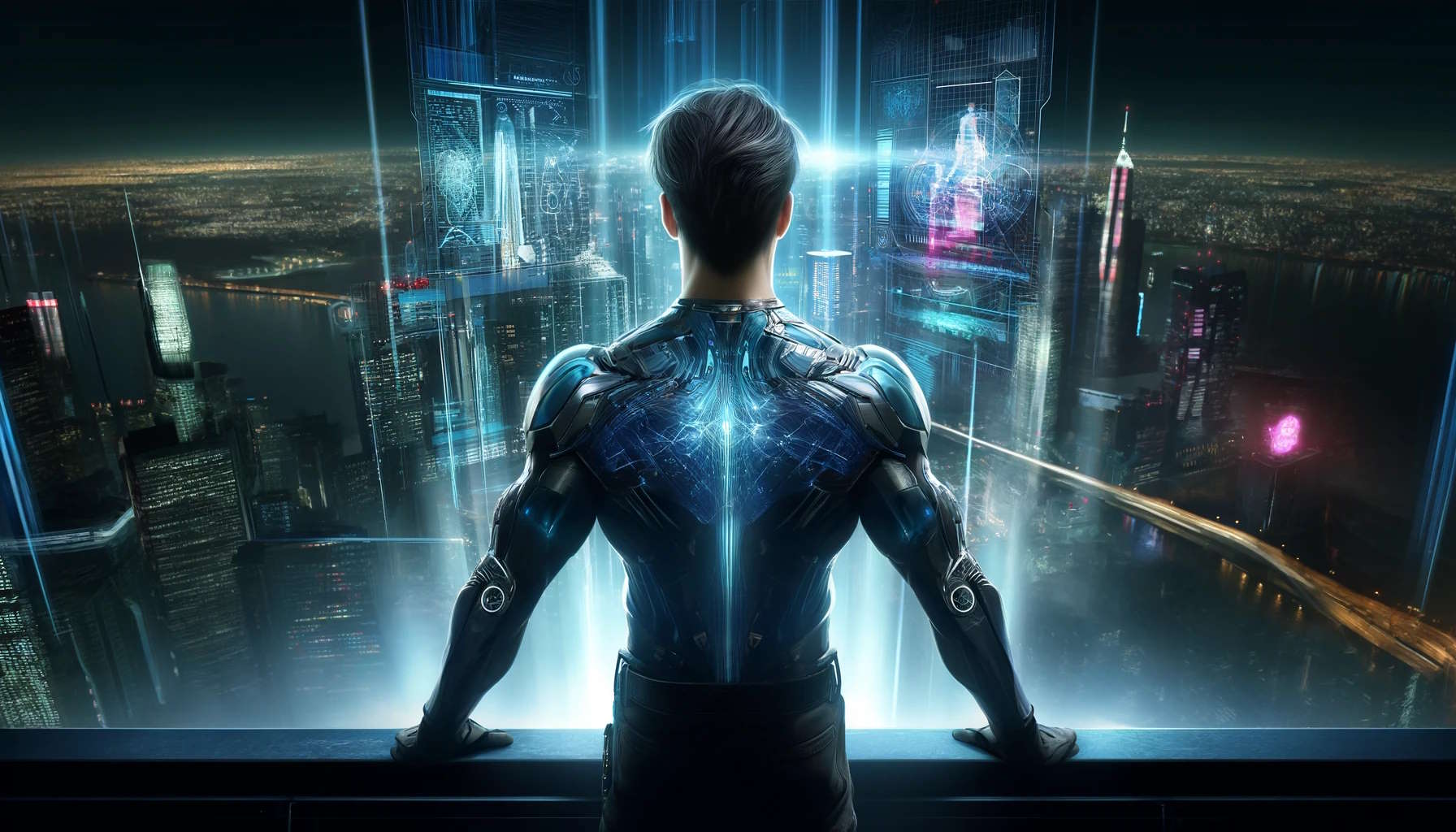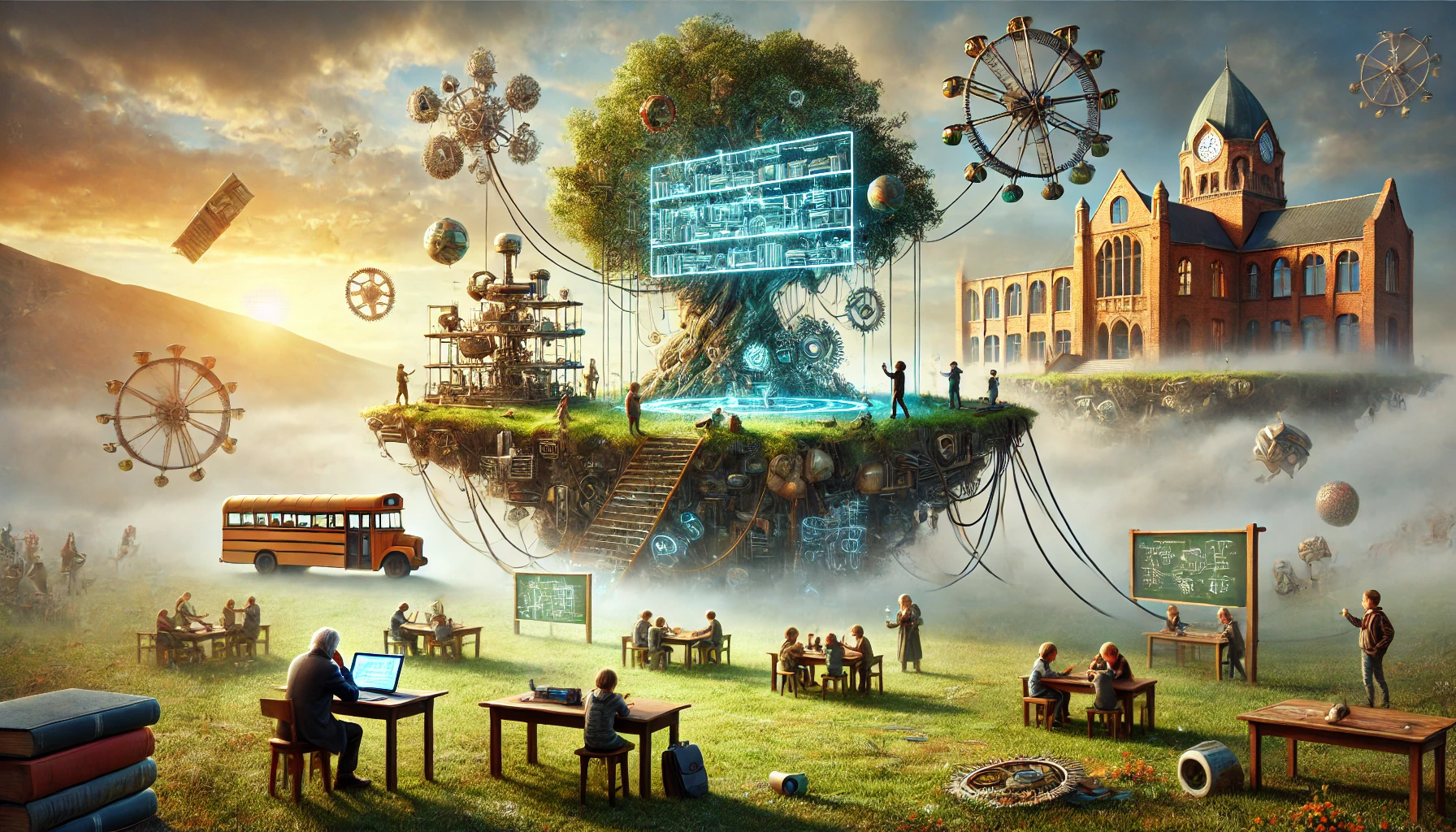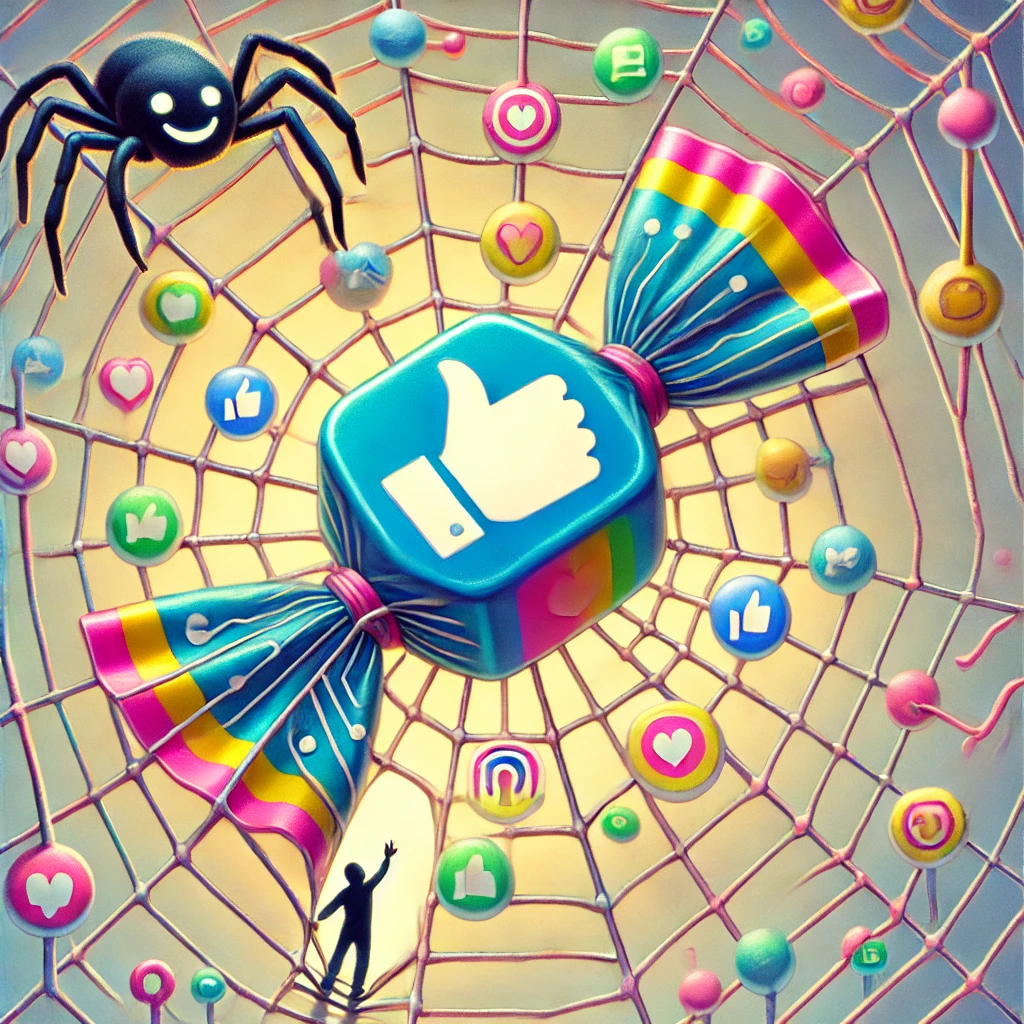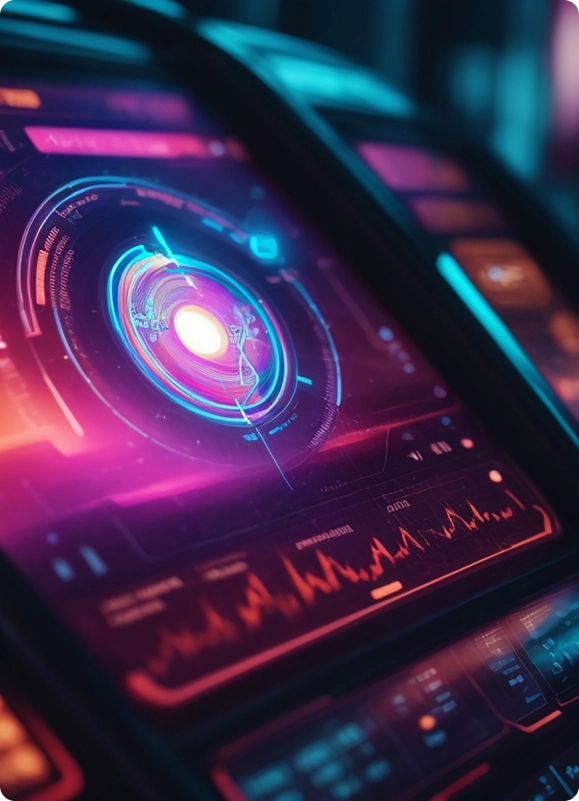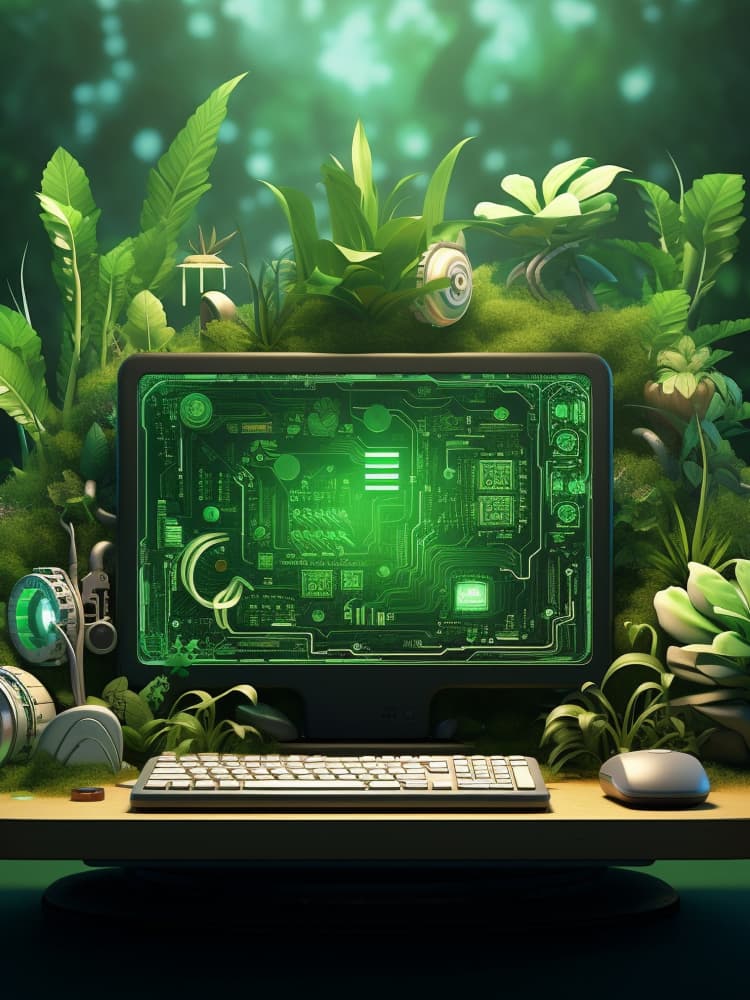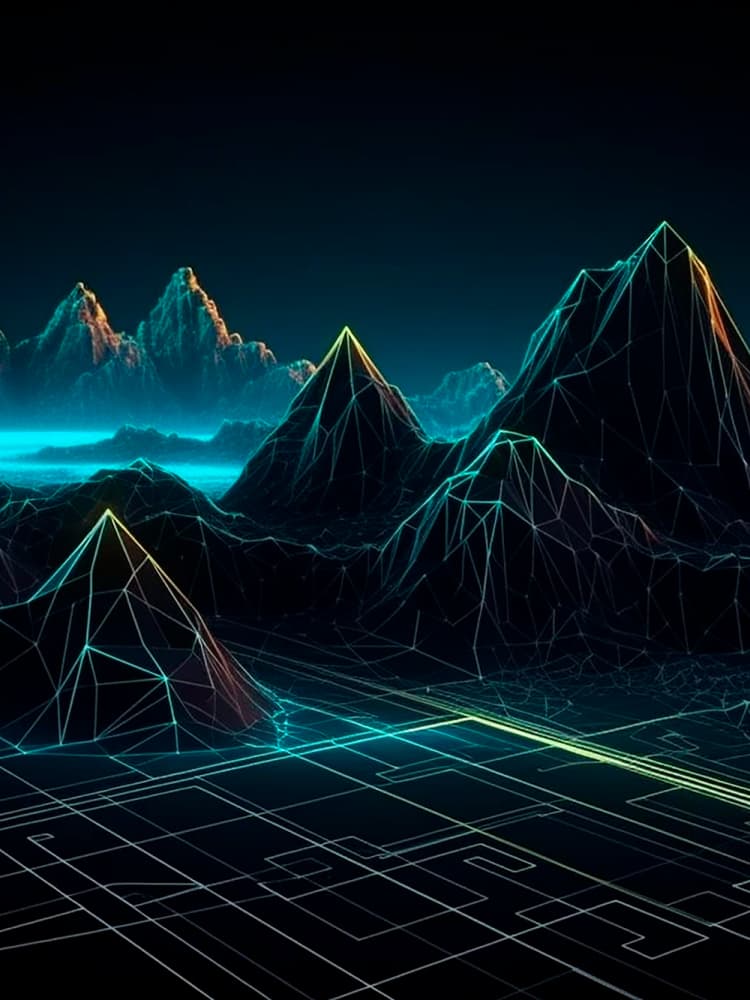It’s late evening, and the dull glow of a smartphone screen lights up the contours of my face. Like millions around the world, I’m finishing my day as I began it: connected, online, engaged in a silent conversation with a piece of technology so integral to my life it feels like an extension of my body. In this quiet moment, a thought surfaces — a realization that the symbiosis between man and machine isn’t a future scenario penned by science fiction writers; it’s our present reality.
Flashes of William Gibson’s 1984 cyberpunk novel, Neuromancer, echo through my mind. Gibson envisioned a world where humans and technology are not just interconnected but interdependent, a concept that seemed radical at the time. Yet here we are, decades later, living in a reality that Gibson might have marvelled at: a world where our daily operations are fundamentally intertwined with technology.
The Unseen Bond
Consider the smartphone — an object so mundane yet so revolutionary. It’s the first thing many of us reach for in the morning and the last thing we put down at night. It’s our navigator, our librarian, our confidant, our entertainment center, and increasingly, our workplace. This device, small enough to fit into our pockets, has changed not just how we communicate but how we live. The compulsion to check notifications, the itch to scroll through a news feed, the knee-jerk reaction to Google every question that pops into our head — these are not just habits; they are manifestations of how machines have started to rewrite the very wiring of our brains.
In the grip of my smartphone’s relentless hold, my daily routine might read like a satirical script penned by tech’s greatest enthusiasts. Each morning, my phone’s glow nudges me awake — not my partner’s kiss or the sun’s rise, but the cold, blue light of a digital display. It’s less romantic, but admittedly efficient.
By the time I head to the bus, my phone is my lifeline. It tells me whether I’m punctual or destined to be late again. As I ride, I’m not just a commuter but a juggler of digital tasks: flipping through calendar alerts and texting about potential lunch plans as if awards were given for screen-time.
The school pickup turns into a mini media frenzy with me, the least qualified paparazzo, snapping photos of my kids with all the finesse of a flustered parent. Dinner prep isn’t spared either, with my phone dictating recipes that I optimistically tackle — often with mixed results.
Even my downtime is mediated through this five-inch screen, casting Formula 1 races to my TV as if to remind me that my phone does indeed control every aspect of my life. And throughout it all, there’s ChatGPT, my go-to for unpacking life’s daily puzzles.
Caught in this digital whirlwind, I’m both the master and victim of my tech-laden fate. Did I choose this life, or did it choose me? Either way, we’re stuck with each other, and it’s hilariously tragic.
The Ubiquitous Assistant: ChatGPT
The rise of artificial intelligence has brought this symbiosis to a new level. OpenAI’s ChatGPT is more than just a sophisticated chatbot; it’s a personal assistant, a planner, a problem-solver, a creative partner. It’s ubiquitous in its presence, assisting with everything from drafting work emails to planning dinner, from helping kids with homework to managing social engagements.
One Sunday afternoon, as I sat at the kitchen table with my laptop open, my eyes darted between my glowing screen and the view out the window where my two kids were, paradoxically, not. They were hunkered down in the dim light of the living room, their faces illuminated by the unrelenting glow of their Nintendo Switch. This scene struck me as a modern parental riddle: How do I use technology to get my kids off technology?
I reached out to my trusty digital confidant, ChatGPT, for some expert advice. I asked it — somewhat hypocritically, via my own glaring screen — how to cleverly convince my offspring to abandon their digital post for the greener pastures of the non-pixelated world.
Ever the resource, it suggested I gamify the non-digital world. It was like turning the tables on tech, using its own tricks against it. We brainstormed a rewards system that didn’t just mimic the dopamine hits of a video game but promised real-world returns. For every hour my kids spent engaged in a non-screen activity, they’d earn points toward a family movie night or their choice of weekend outings.
Armed with this strategy, I unveiled “Project Screen-Free” at dinner, presenting the plan with a sprinkle of dad humor and a touch of dramatic flair. I explained the points system, complete with a hand-drawn chart that would make any data analyst cringe. The kids, skeptical but intrigued by the novelty of their old man turning the household into a live-action role-playing game, decided to give it a shot.
The next few weeks unfolded like a series of comic strips, each day a new episode in the saga of Screen vs. Life. There were victories, like the afternoon they spent building great engineering mega structures from magnetic stick, and defeats, like the Thursday in the school holidays when they called my bluff when “working from home” as I found them binge-watching YouTube.
Reflecting on this with ChatGPT, I couldn’t help but laugh at the irony. There I was, using one screen to keep them away from another, a digital age Sisyphus pushing his boulder up the Wi-Fi signal. Yet, despite the irony, the journey brought more laughs, chats, and shared moments with my kids than the usual digital standoff.
And isn’t that what all of us screen-fatigued parents are really after? A little more connection, a little less Wi-Fi, and maybe, just maybe, a chance to prove that even in this high-tech world, the best memories are still made in the real one.
The Allure of the Screen: A Digital Addiction
Our attachment to these technologies goes beyond utility; it’s emotional, even addictive. The constant engagement with digital screens has spawned discussions around digital addiction, a condition still debated in psychological circles but felt by many. It’s an addiction to information, to connection, to the endless possibilities that access to the digital world provides.
It’s 3 AM, and as usual, I’m wide awake, staring at the glowing screen of my smartphone like it’s some sort of digital campfire. My eyes dart from one app notification to another — news, social media, emails. I’ve convinced myself I’m on the cutting edge of everything. Breaking news? I’m on it. Random cat videos? Seen them. The existential question of whether penguins have knees? Researched and resolved. I’m a nocturnal ninja, a wizard of the WiFi.
But let’s face it: the thrill of discovering which 90s sitcom character I am at 4 AM (spoiler: I’m always Chandler) isn’t exactly a sign of someone who has it all together. No, it’s more a cry for help wrapped in a meme. I’m the guy who plans his sleep schedule around Twitter trends, and who has contemplated the pros and cons of setting up a mini-fridge next to my bed to store energy drinks and eye drops.
I don’t take my phone to the bathroom, though. No, sir. That’s where I draw the line. That’s bathroom time, sacred and screen-free. It’s my little victory, my tiny island of self-control in the ocean of my digital addiction. I stand firm on that bathroom mat, proudly unconnected, even if just for the span of a tooth brushing or a face wash. Because outside that door, the world awaits — or at least, the WiFi does — and I’m not an addict. I’m just really, really informed.
Gibson’s Vision: A Reality Checked
In Neuromancer, Gibson didn’t just predict technological advancements; he foresaw the psychological and societal shifts that would accompany them. Our current world, where AI and machine learning pervade every aspect of our lives, reflects many aspects of Gibson’s visionary landscapes. We haven’t reached the point of neural implants like Neurolink or cybernetic enhancements on a mass scale, but the interface between human cognition and machine operation has never been so seamless or so intimate.
Conclusion: The Merge is Here
This integration of technology into our lives raises profound questions about what it means to be human in the age of machines. Are we masters of the technology we create, or are we becoming its servants? The boundary between the two is increasingly blurred. As we continue to navigate this evolving landscape, it’s crucial to remember that these devices, these extensions of ourselves, are tools. They hold incredible power — to enhance or to dominate. The choice of how we let them shape our lives remains, at least for now, in our hands.
I’ve been walking a tightrope lately, one strung between two vastly different worlds. On one side, there’s the relentless march of technology, with AI leading the charge into territories we’re only beginning to map. It’s exhilarating — each breakthrough promising to redefine what it means to live, work, and think. I find myself not just observing this march but actively participating in it, guiding others as we descend deeper into the rabbit hole of possibilities.
But then, there’s the other side — a call to the tactile joys of the analog world. It’s the feel of grass underfoot on a warm summer evening, the quiet conversations with my wife after our kids have gone to sleep, and the laughter that fills our home during family dinners. These moments anchor me, offering a respite from the digital deluge that threatens to sweep everything into a sea of ones and zeroes.
Balancing these worlds is not just a personal challenge; it’s a necessity. The digital realm offers limitless knowledge and connectivity, but it is, in some ways, a curated version of reality. The physical world, with all its imperfections, reminds me of the essence of human experience — imperfect, transient, yet profoundly beautiful.
In this dual existence, I find a metaphor for the broader human condition in our modern era. We are all navigating this same stretch of tightrope, trying to find the right balance between progress and preservation, between reaching for the digital future and keeping our grip on the tangible past. Perhaps the key to walking this tightrope isn’t looking down or straight ahead, but occasionally closing our eyes to feel the rope beneath our feet and the breeze against our skin. It’s a balance that keeps us moving forward, grounded but not static, as we build a bridge between these two worlds. And maybe, just maybe, it’s in this balancing act that we find a deeper connection not only to the world around us but also to ourselves.
In crafting this narrative, my objective isn’t just to reflect on the state of our current technological entanglement but to provoke thought about its trajectory.
The merge isn’t coming; it’s already here.
How we manage it will define the next chapters of the human story.

